What Size Chlorine Tablets for Pool Floaters?
Maintaining a clean and safe swimming pool is essential for enjoying your backyard oasis. One of the most efficient and cost-effective methods for achieving this is through the use of chlorine tablets. However, the question remains: what size chlorine tablets should you use in your pool floaters? In this article, we will explore this topic in detail, covering the following key themes:
- Understanding Chlorine Tablets
- Choosing the Right Size for Your Pool
- How to Use Chlorine Tablets Effectively
- Maintaining Proper Chlorine Levels
1. Understanding Chlorine Tablets
Chlorine tablets are essential in keeping pool water clear, sanitized, and free from harmful bacteria and algae. Chlorine works by introducing a powerful disinfectant into the water, allowing it to break down contaminants and maintain a healthy swimming environment. Most commonly, chlorine tablets come in two sizes: 1-inch and 3-inch tablets, with the latter being more prevalent for larger pools.
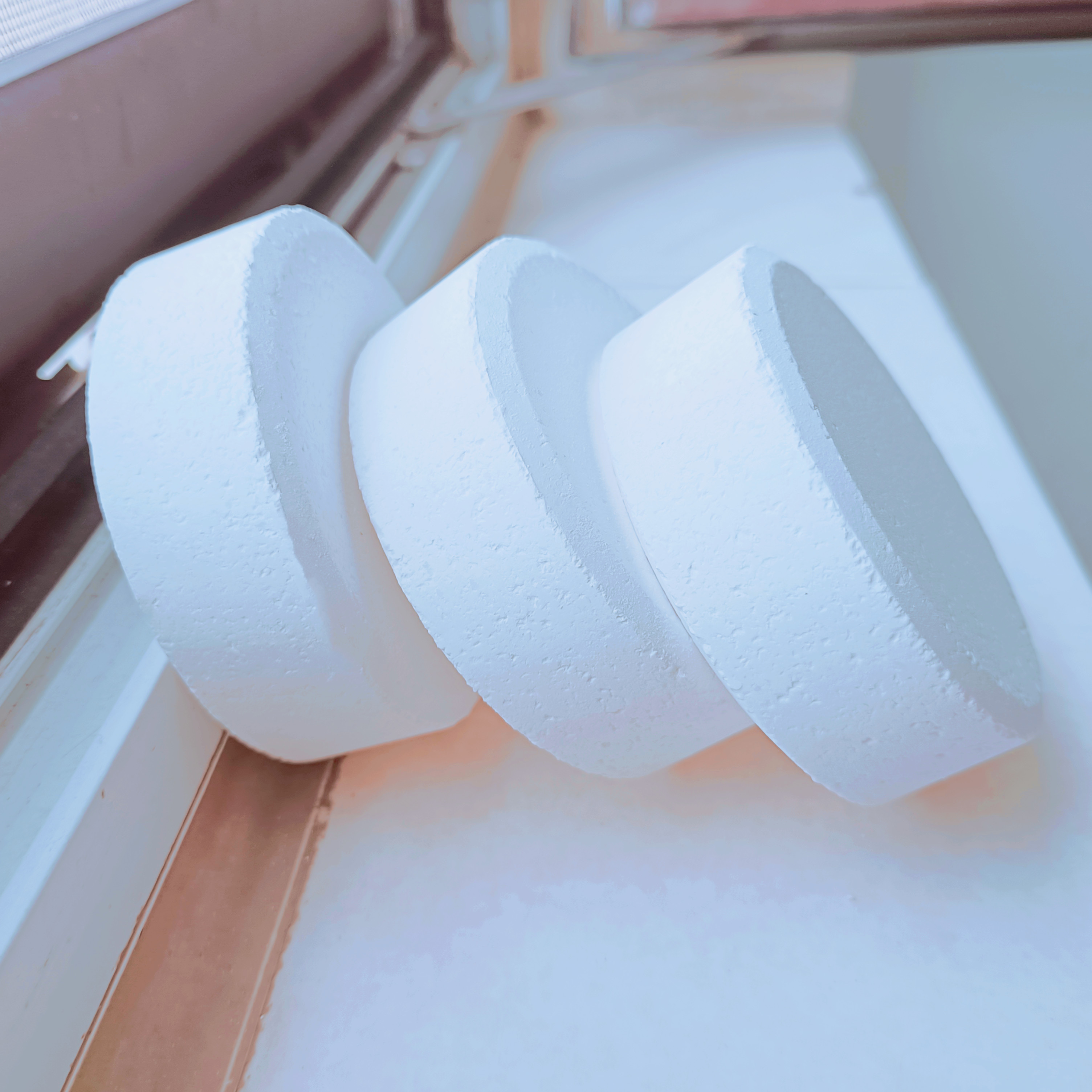
These tablets often contain additional ingredients like Cyanuric Acid (CYA), which stabilizes chlorine, protecting it from degradation due to ultraviolet (UV) rays from the sun. This stabilization is crucial because UV exposure can rapidly diminish chlorine's effectiveness, leading to the potential for unsanitary conditions.
Types of Chlorine Tablets
1-Inch Tablets: Ideal for small inflatable pools or spas, these tablets dissolve quickly and are easy to manage. However, they require more frequent replacement compared to their larger counterparts.
3-Inch Tablets: These are the standard choice for larger pools and floaters. Their larger size allows for a slower dissolution rate, providing a more extended release of chlorine into the water, which helps to stabilize chlorine levels and reduce the frequency of application.
2. Choosing the Right Size for Your Pool
Selecting the appropriate size of chlorine tablets depends largely on the volume of your pool. A common rule of thumb is to use one 3-inch tablet for every 5,000 gallons of pool water. This guideline helps ensure that chlorine levels remain effective in combating contaminants while avoiding the pitfalls of over-chlorination.
Pool Size Considerations
Small Pools (Under 5,000 Gallons): For pools of this size, 1-inch tablets may suffice. However, if you have a larger floater that can accommodate 3-inch tablets, it’s often more efficient to use them as they will last longer and require less frequent replacement.
Medium to Large Pools (5,000 to 10,000 Gallons): Here, 3-inch tablets are recommended. For a 10,000-gallon pool, using two tablets will provide an adequate level of chlorine without overwhelming the system.
Extra-Large Pools (Over 10,000 Gallons): In larger pools, you can scale up the number of 3-inch tablets accordingly. For example, a 15,000-gallon pool would typically require three tablets.
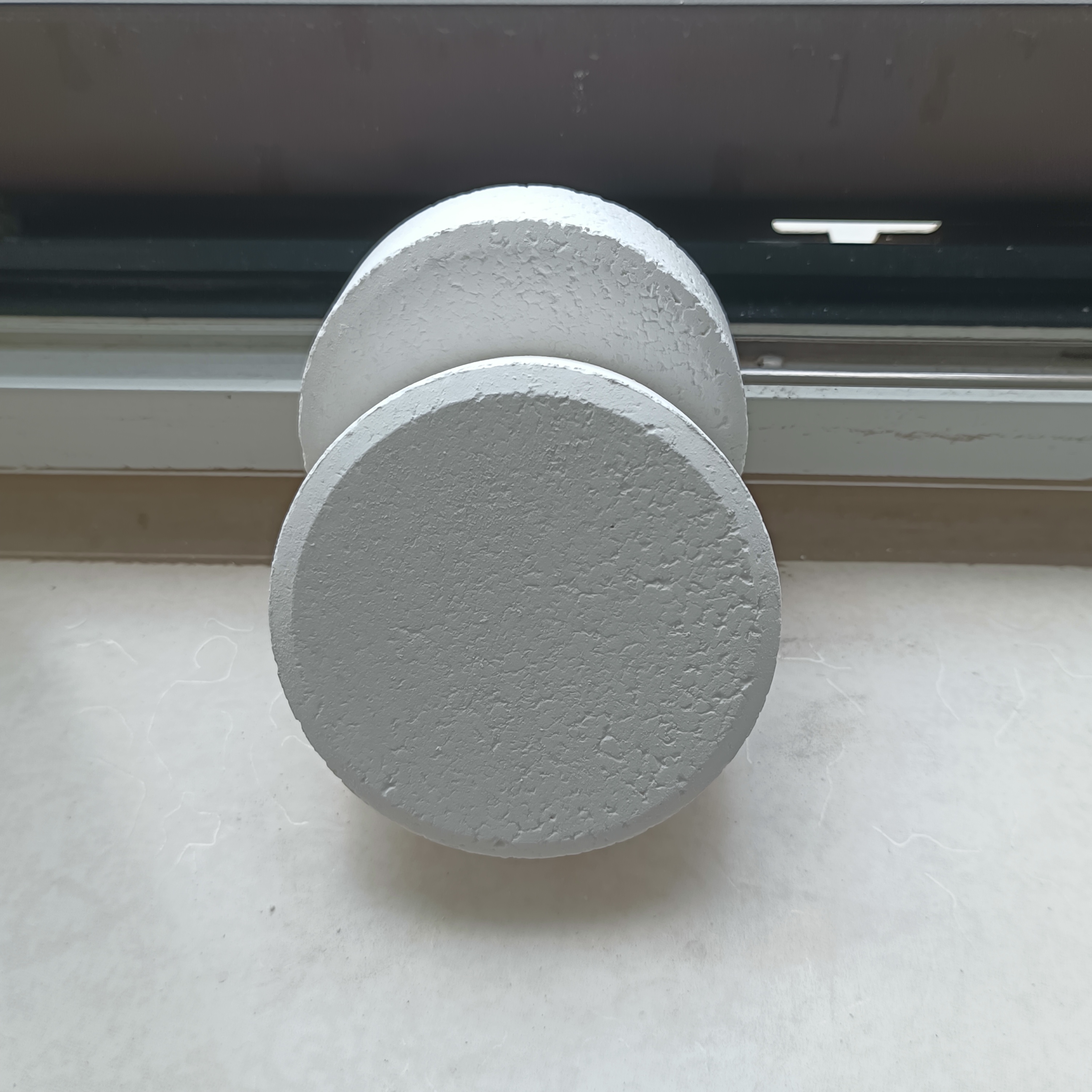
Example Calculations
Example 1: A 10,000-gallon pool typically requires two 3-inch tablets.
Example 2: A 15,000-gallon pool would need three 3-inch tablets.
Example 3: A 3,000-gallon inflatable pool can effectively use three to five 1-inch tablets to maintain appropriate chlorine levels.
3. How to Use Chlorine Tablets Effectively
Using chlorine tablets properly involves understanding not only the quantity needed but also the method of application. Most pool owners utilize floaters or feeders to dispense chlorine consistently and effectively.
Using a Chlorine Floater
Loading the Floater: Begin by placing up to three 3-inch tablets into the floater. Ensure that it is designed to accommodate the tablets securely.
Adjusting the Baffles: Most floaters have adjustable baffles or vents. Open them wider to increase the rate of dissolution, allowing more chlorine to enter the water. Conversely, if your chlorine levels are too high, you can close them slightly.
Placement: Place the floater in the pool, ensuring it floats freely and is not obstructed by ladders, skimmers, or pool steps. Tying it to a fixed point can help prevent it from tipping over.
Regular Monitoring: Use a test kit to check chlorine levels regularly. Ideal levels typically fall between 1.0 to 3.0 parts per million (ppm). If levels drop below 1.0 ppm, you may need to add more tablets or adjust the floater's baffle settings.
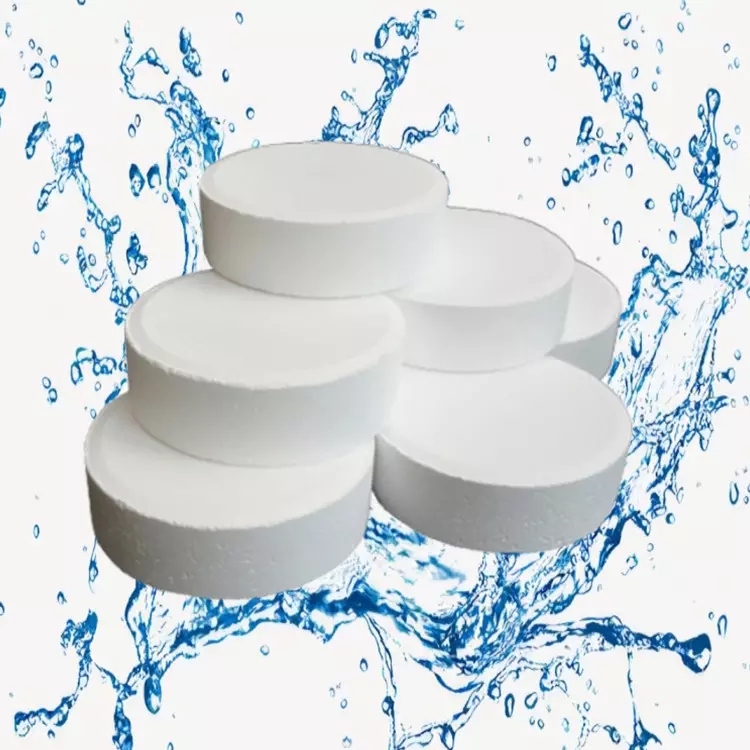
Using a Chlorine Feeder
Chlorine feeders provide a more automated way to dispense chlorine. Follow these steps for effective use:
Loading the Feeder: Place the required number of 3-inch tablets into the feeder chamber, following the manufacturer’s instructions.
Setting the Dial: Adjust the feeder’s flow rate using the dial, which usually ranges from 1 to 10. A mid-range setting (around 5) is a good starting point.
Installation: Ensure that your feeder is plumbed in-line or set up off-line with appropriate fittings.
Regular Maintenance: Clean the feeder regularly, removing any buildup of residue. This will ensure consistent chlorine delivery.
4. Maintaining Proper Chlorine Levels
Maintaining appropriate chlorine levels is crucial for effective pool sanitation. Here are some tips for keeping your pool water balanced:
Testing Your Water
Use a reliable pool test kit to check chlorine levels at least once a week. If you experience heavy usage (e.g., parties, hot weather), consider testing more frequently.
- Chlorine Level Ranges: Aim for a free chlorine level between 1.0 and 3.0 ppm for optimal sanitation.
Adjusting Chlorine Input
Low Chlorine Levels: If your tests indicate low chlorine (under 1.0 ppm), add more tablets to your floater or feeder and ensure that the baffles or vents are adequately open.
High Chlorine Levels: Conversely, if your levels are too high (over 3.0 ppm), you can reduce the number of tablets or partially close the baffles on your floater.
Shock Treatments
Occasionally, your pool will require a shock treatment to address issues like algae blooms or after heavy use. This involves adding a larger dose of chlorine (usually granulated) to quickly raise chlorine levels temporarily. Be sure to follow with the appropriate amount of chlorine tablets to stabilize levels once the water clears.
Conclusion
Understanding what size chlorine tablets to use in pool floaters is essential for effective pool maintenance. By following the guidelines outlined in this article, you can ensure that your pool remains clean, clear, and safe for swimming. Whether you choose 1-inch or 3-inch tablets, the key is to monitor your chlorine levels consistently and adjust your tablet usage accordingly.
With proper maintenance, your pool can be a refreshing retreat, providing enjoyment for family and friends throughout the season. Remember, keeping your pool water balanced is not just about convenience—it’s about safety and health, ensuring every dip is a delightful experience.
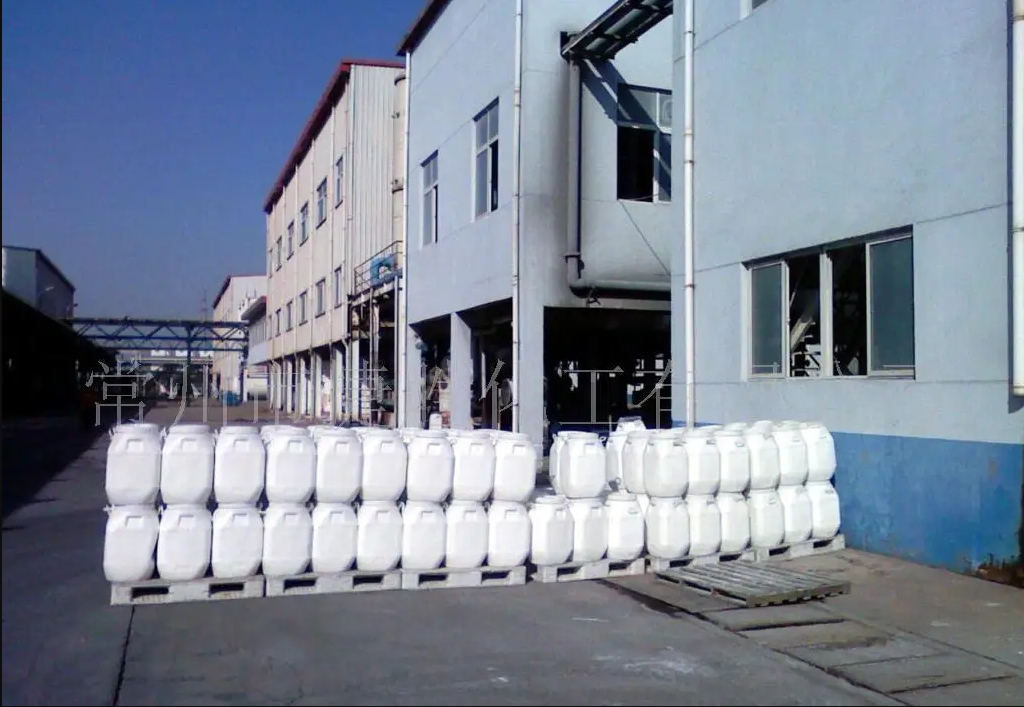 Largest China Factory Manufact
Largest China Factory Manufact
 Cheap but Good Chlorine Tablet
Cheap but Good Chlorine Tablet
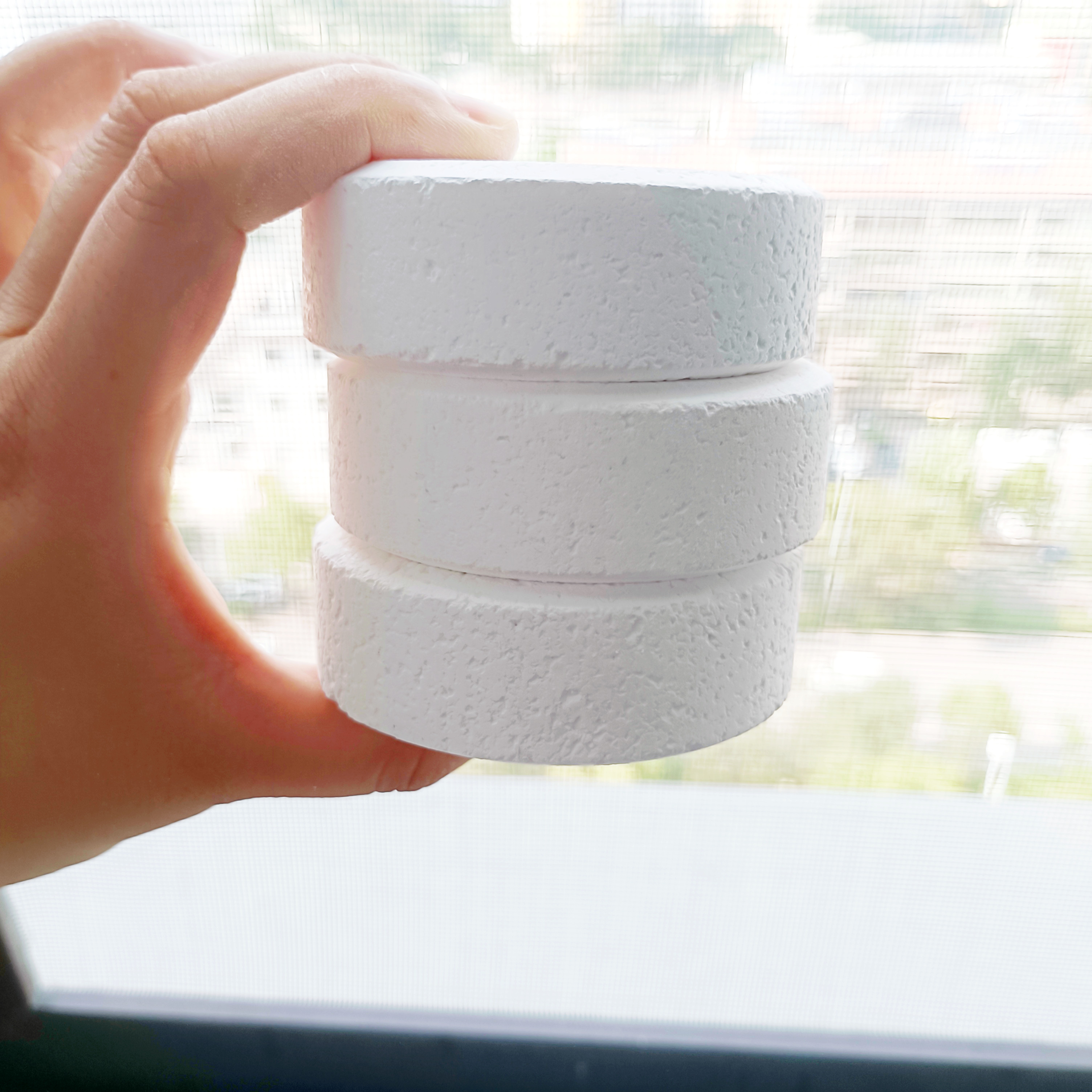 Cheap but Good Chlorine Tablet
Cheap but Good Chlorine Tablet
 What Size Chlorine Tablets for
What Size Chlorine Tablets for

